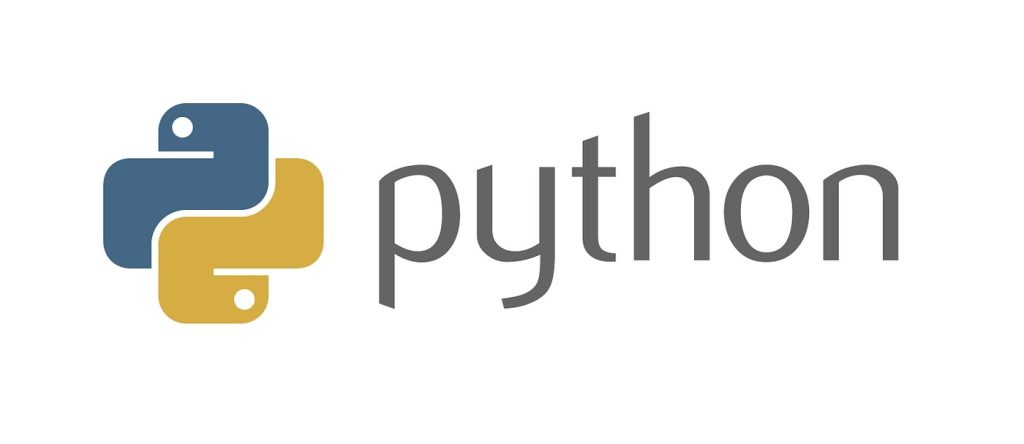Python, a versatile and powerful programming language, has become a cornerstone of the modern tech landscape. Known for its simplicity, readability, and extensive libraries, Python has found its way into an array of applications across various domains. From web development and data science to artificial intelligence and automation, Python’s adaptability and user-friendly syntax make it an indispensable tool for programmers and developers alike. In this article, we will delve into some of the diverse and innovative uses of Python programming.

1. Web Development
Python’s ease of use and flexibility have made it a popular choice for web development. Frameworks like Django and Flask empower developers to create robust and scalable web applications efficiently. Django, a high-level framework, streamlines the creation of complex web applications, encouraging rapid development through its built-in features like authentication, database management, and URL routing. On the other hand, Flask, a micro-framework, provides a lightweight option for simpler projects, giving developers greater control over the components they use.
2. Data Science and Analytics
Python’s prowess in data science and analytics is undeniable. Libraries such as NumPy, pandas, and Matplotlib facilitate data manipulation, analysis, and visualization. These tools empower data scientists to uncover patterns, trends, and insights from vast datasets. Additionally, the SciPy library supports advanced mathematical and scientific computations, while scikit-learn enables the implementation of machine learning algorithms for predictive modeling.
3. Artificial Intelligence and Machine Learning
The rise of artificial intelligence and machine learning has been accompanied by Python’s ascent to prominence. Libraries like TensorFlow and PyTorch provide powerful frameworks for building and training neural networks. These frameworks have revolutionized image recognition, natural language processing, and other AI applications, enabling developers to create sophisticated models that can understand, learn, and predict based on data.
4. Automation and Scripting
Python’s simplicity and versatility make it an excellent choice for automation and scripting tasks. The language’s standard library includes modules for file manipulation, web scraping, and interacting with APIs. This functionality empowers developers to automate repetitive processes, enhancing efficiency and productivity. Whether it’s automating data extraction or performing system maintenance tasks, Python’s scripting capabilities are invaluable.
5. Internet of Things (IoT) Development
As the Internet of Things continues to shape the modern world, Python has emerged as a preferred language for IoT development. MicroPython, a lightweight implementation of Python, is tailored for embedded systems and microcontrollers. It enables developers to create IoT devices and applications, from smart home devices to industrial sensors, using a language they are already familiar with.
6. Game Development
Python’s utility extends even to the realm of game development. The Pygame library provides a platform for creating 2D games, animations, and interactive multimedia applications. Although not as performance-oriented as some other languages, Python’s ease of use and rapid development capabilities make it an excellent choice for indie game developers and educational purposes.
7. Scientific Computing
Python’s rich ecosystem of scientific computing libraries has positioned it as a favorite among researchers and scientists. Libraries like SymPy support symbolic mathematics, while pandas and NumPy facilitate data analysis and manipulation in scientific research. Jupyter Notebooks offer an interactive environment for creating and sharing documents containing live code, equations, visualizations, and narrative text – a valuable tool for collaborative research and data communication.
8. Networking and Cybersecurity
Python’s networking capabilities have led to its adoption in the field of cybersecurity. Libraries like Scapy allow for the creation and manipulation of network packets, making it a powerful tool for network analysis, penetration testing, and security assessments. Its ease of use and extensibility contribute to Python’s popularity in both offensive and defensive cybersecurity applications.
Python’s adaptability and simplicity have propelled it to the forefront of modern programming languages. Its applications span a wide range of fields, from web development and data science to artificial intelligence and scientific research. Python’s rich ecosystem of libraries and frameworks empowers developers to tackle diverse challenges and create innovative solutions. As technology continues to evolve, Python’s versatility ensures that it will remain an essential tool for programmers, enabling them to bring their creative ideas to life across a multitude of domains.
Pingback: Software Engineering Career Guideline | Sanjoy Dey Reju